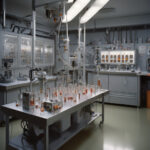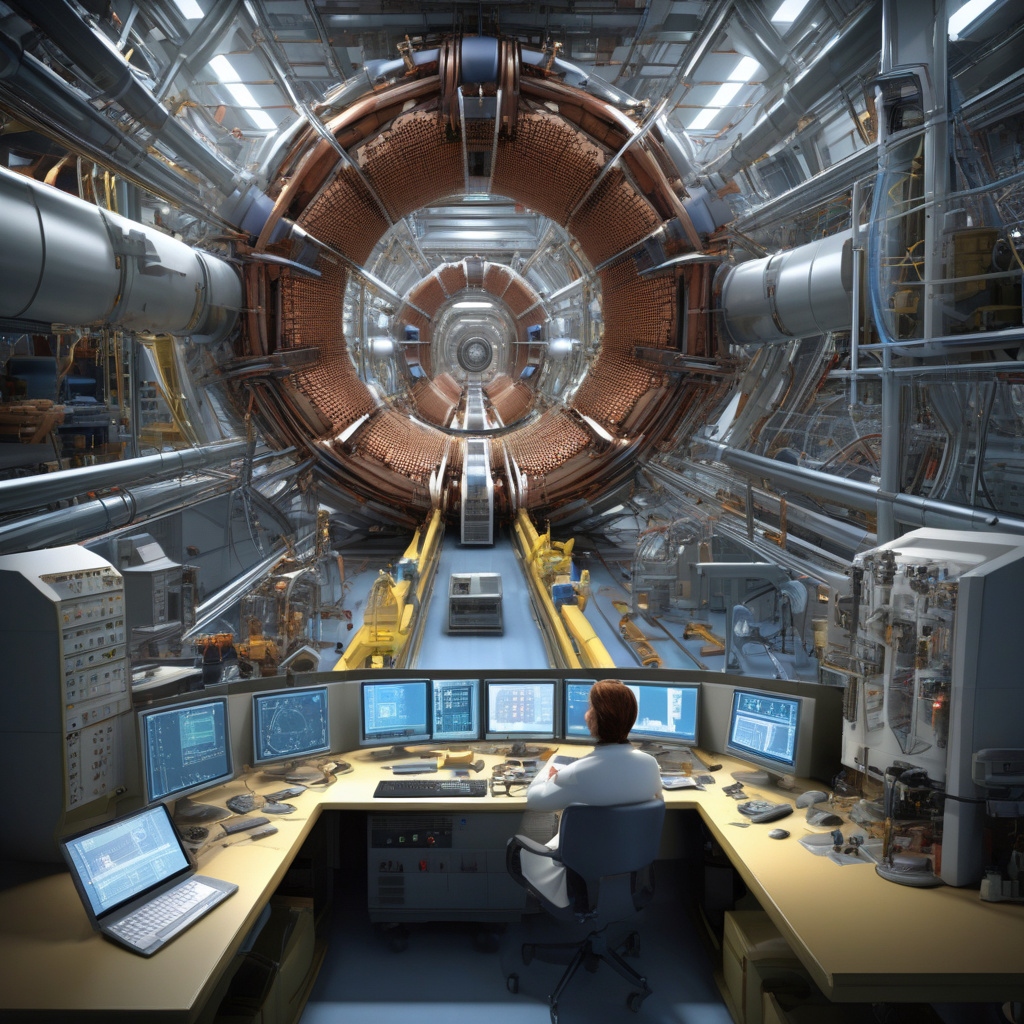With 174,000 Decays, LHC Detector Measures Z Boson Mass with Stunning Accuracy
Nearly four decades ago, researchers at CERN identified a massive, electrically neutral particle known as the Z boson. This elementary particle plays a crucial role in the weak nuclear force, one of the four fundamental forces in the universe. Since its discovery, scientists have been eager to unravel the mysteries surrounding the Z boson, including its mass. Recently, a significant breakthrough was achieved at the Large Hadron Collider (LHC) in Geneva, Switzerland, where researchers managed to measure the Z boson mass with unprecedented precision.
The LHC, the world’s largest and most powerful particle accelerator, is renowned for its groundbreaking discoveries in the field of particle physics. By colliding protons at incredibly high energies, scientists can study the fundamental building blocks of the universe and gain insights into its underlying laws. One of the key experiments conducted at the LHC is the measurement of the Z boson mass, a challenging task that requires sophisticated detectors and meticulous data analysis.
In a recent study published in the journal Nature, researchers at the LHC reported a remarkable achievement in measuring the Z boson mass. By analyzing a staggering 174,000 Z boson decays, the scientists were able to determine the mass of this elusive particle with unprecedented accuracy. This feat represents a significant step forward in our understanding of the fundamental forces that govern the universe.
The high precision measurement of the Z boson mass has far-reaching implications for particle physics and cosmology. By refining our knowledge of this fundamental particle, scientists can test the predictions of the Standard Model of particle physics and explore potential extensions to our current understanding of the universe. Furthermore, the precise determination of the Z boson mass provides valuable input for theoretical calculations and simulations, helping to guide future research in the field.
The success of the LHC experiment highlights the importance of international collaboration in pushing the boundaries of scientific knowledge. Scientists from around the world came together to design, build, and operate the detectors used in the study, showcasing the power of teamwork in tackling complex scientific challenges. The achievement also underscores the role of experimental precision in verifying theoretical models and advancing our understanding of the natural world.
Looking ahead, the results of the LHC experiment are expected to inspire further research into the properties of the Z boson and its implications for particle physics. By continuing to probe the fundamental forces at play in the universe, scientists hope to unlock new secrets about the nature of matter, energy, and the cosmos. The pursuit of knowledge at the frontiers of science remains a driving force behind human curiosity and innovation, driving us to explore the unknown and expand the boundaries of our understanding.
In conclusion, the recent measurement of the Z boson mass at the LHC represents a significant milestone in particle physics research. With 174,000 decays analyzed to stunning accuracy, scientists have achieved a breakthrough that sheds light on the fundamental forces that govern the universe. This accomplishment underscores the importance of experimental precision, international collaboration, and the relentless pursuit of knowledge in advancing our understanding of the natural world.
research, particlephysics, LHC, Zboson, scientificbreakthrough












